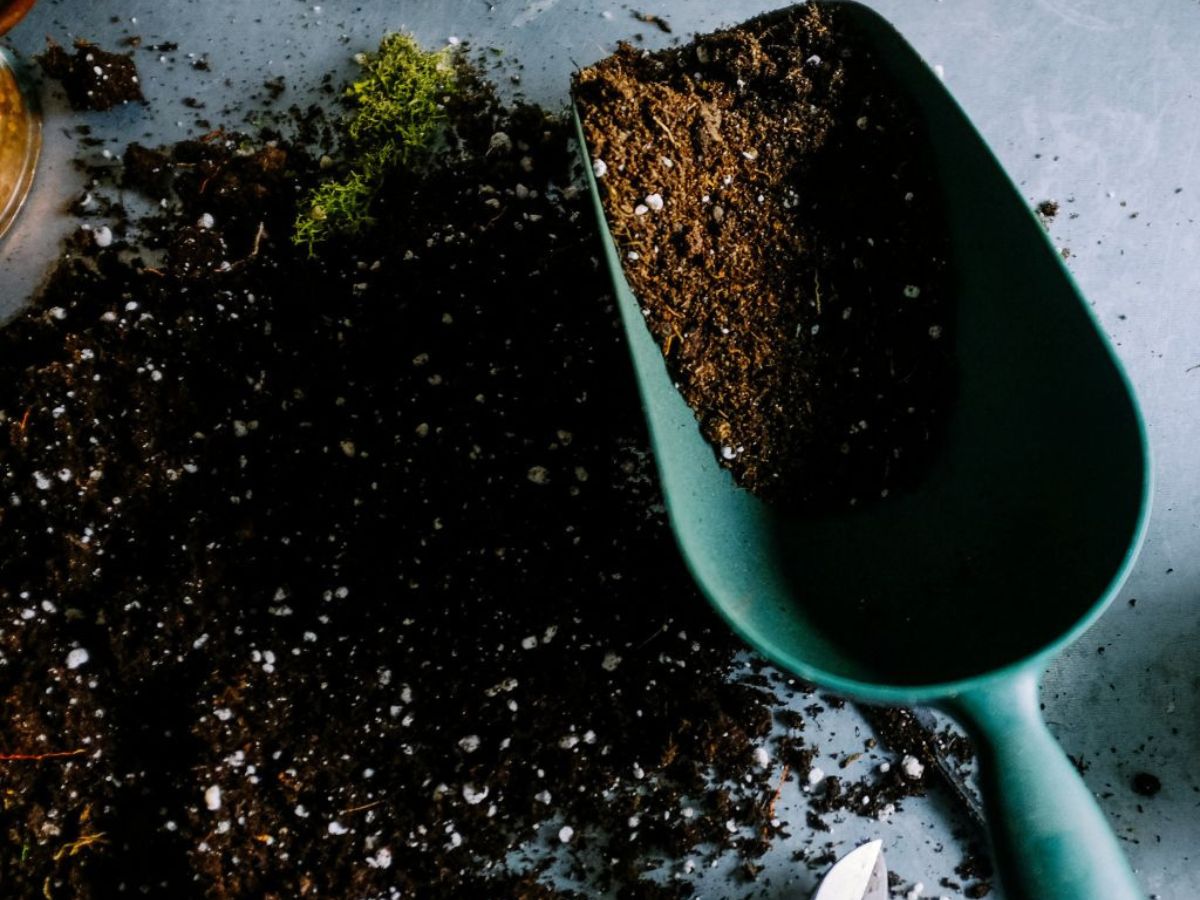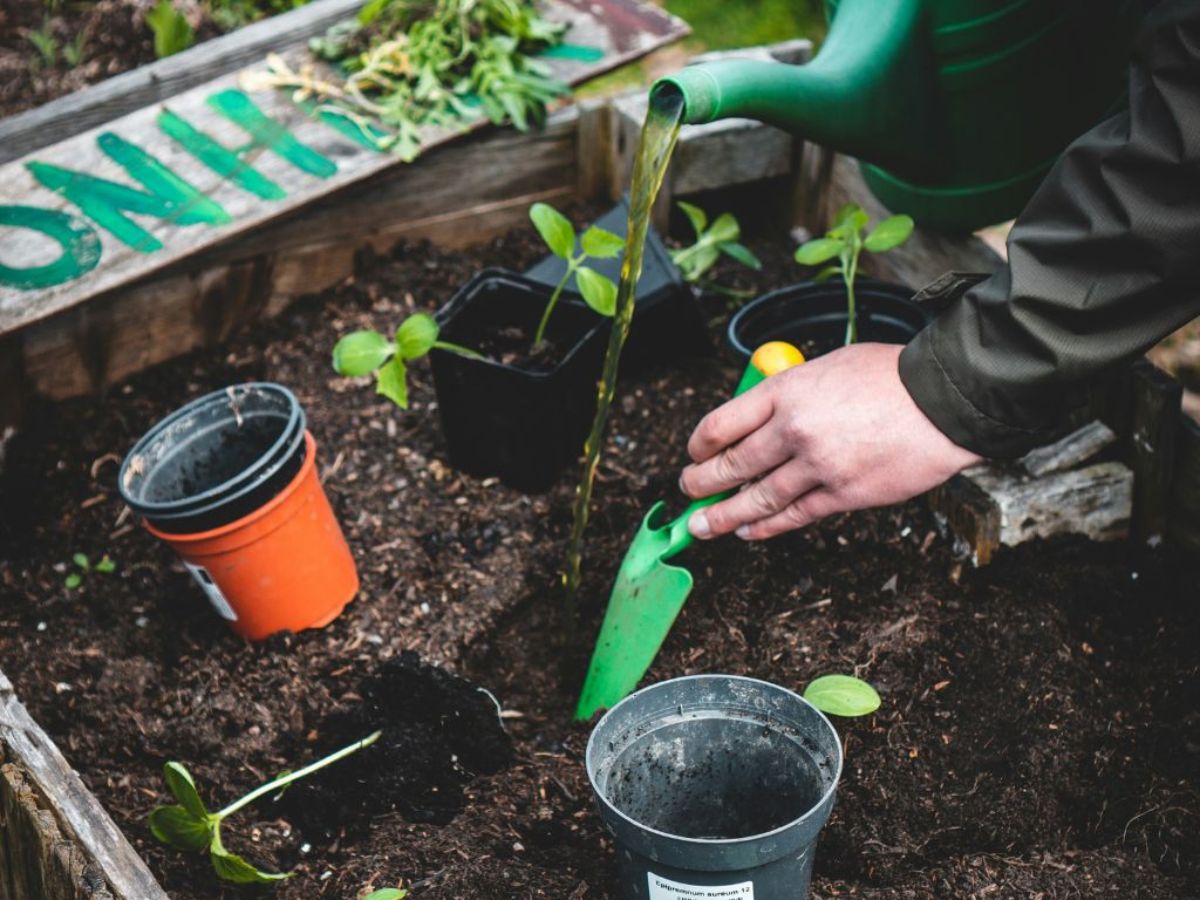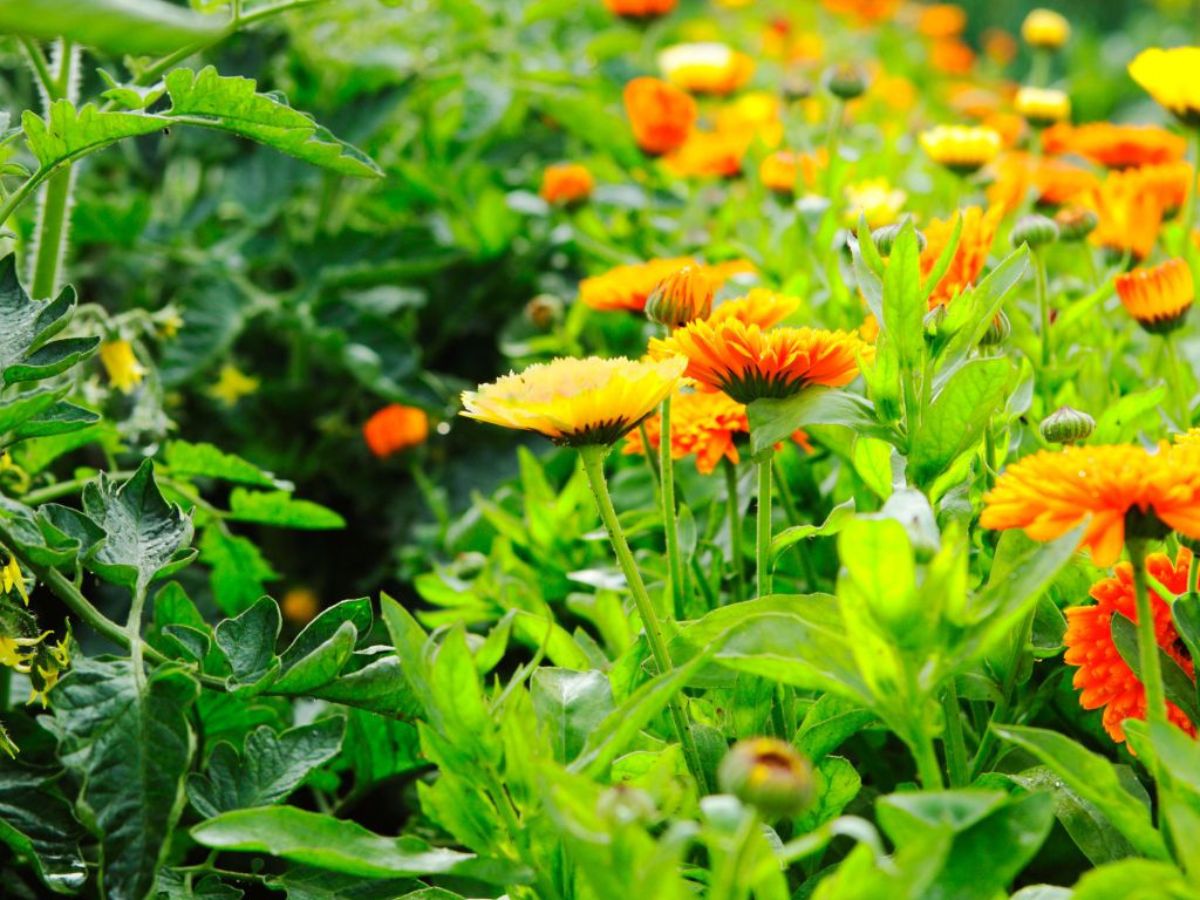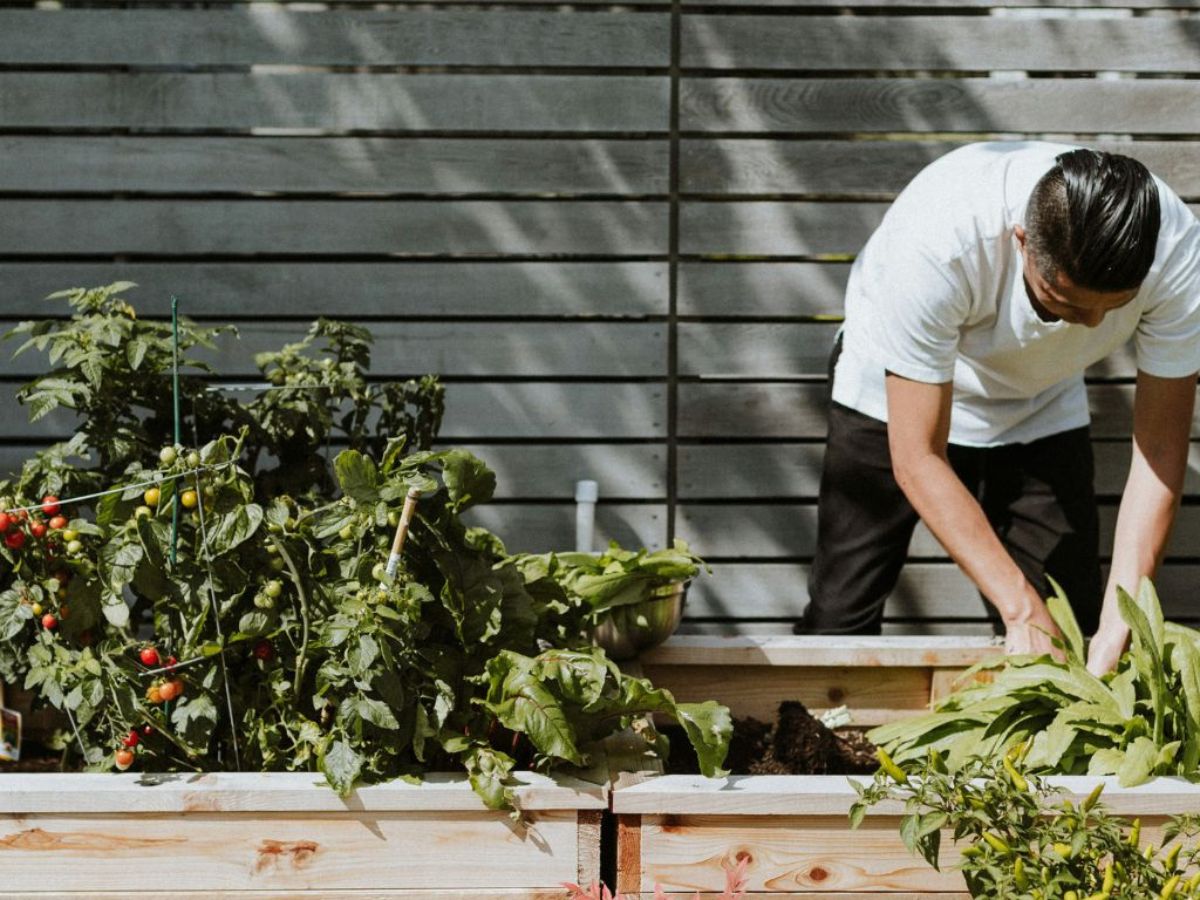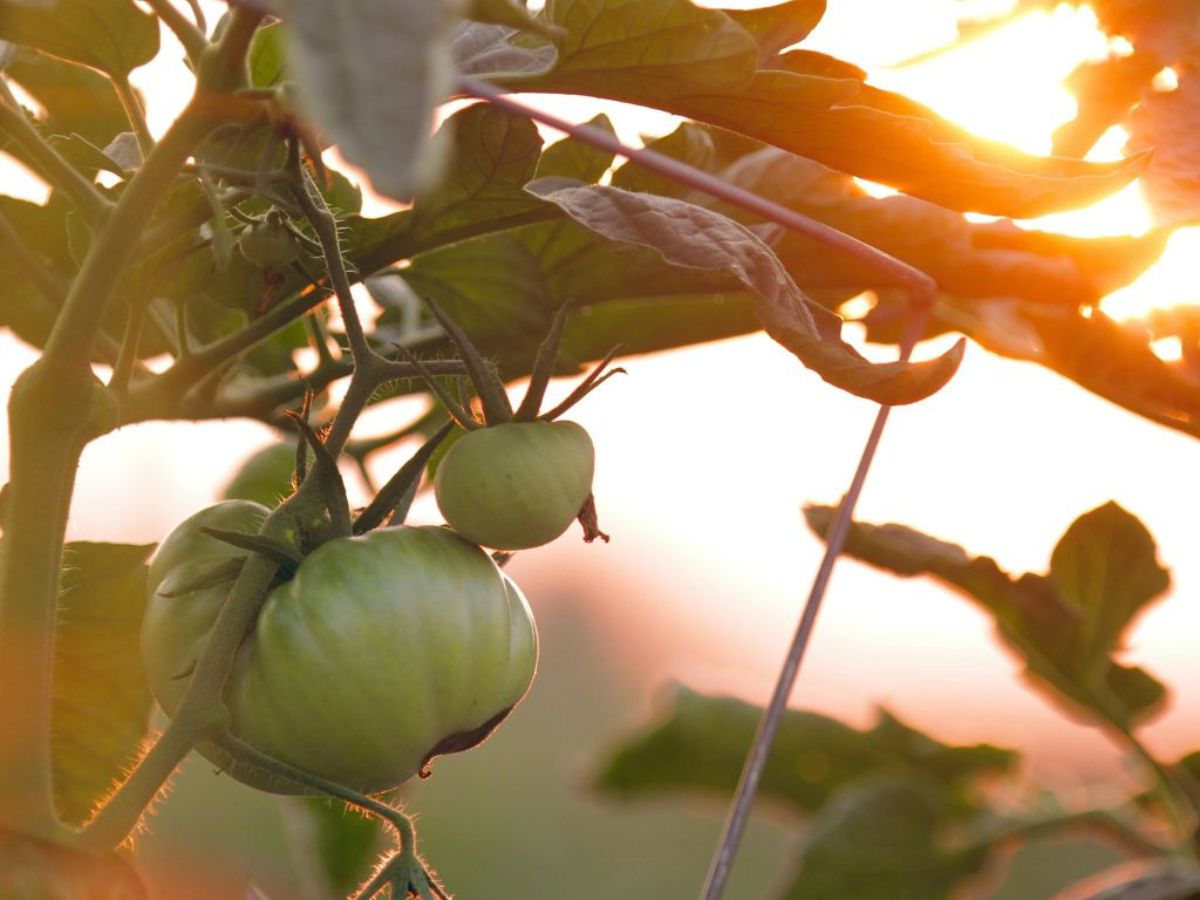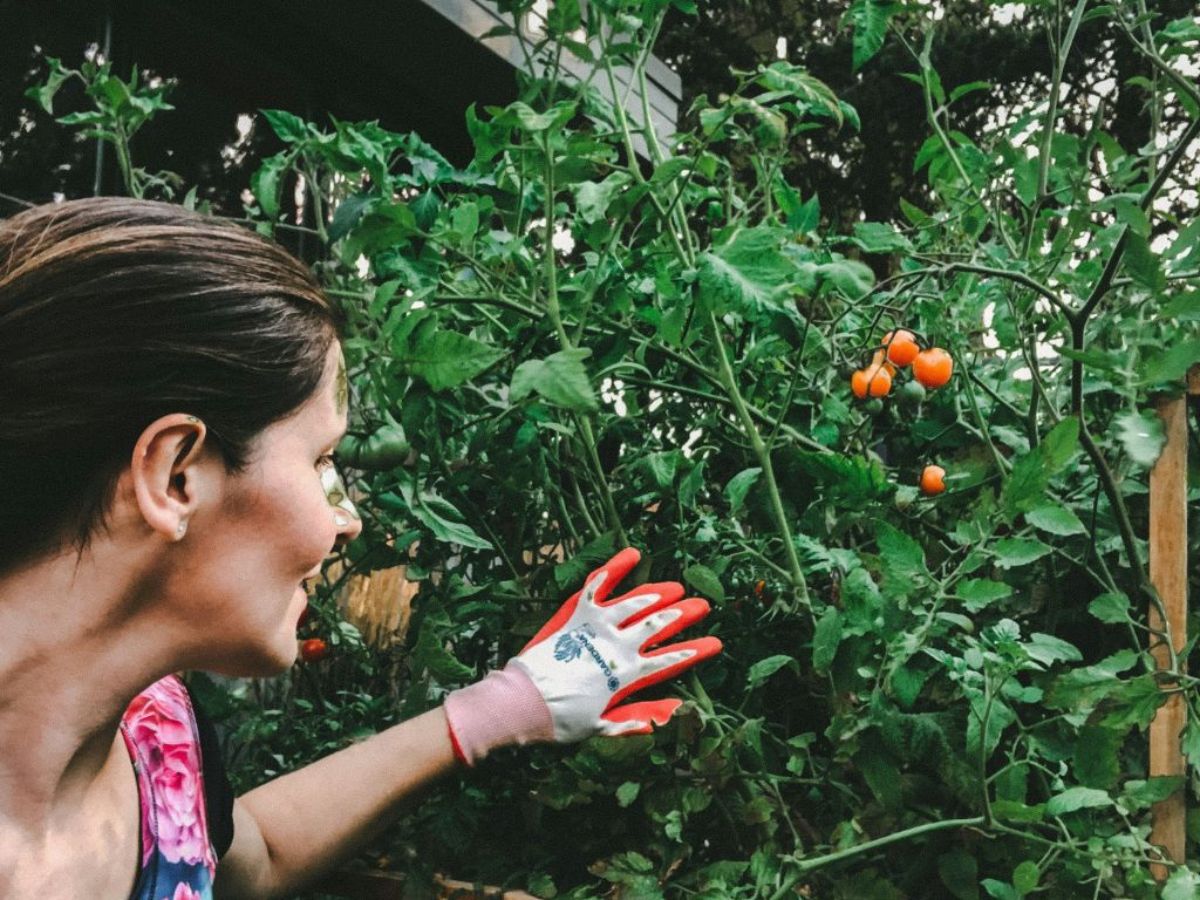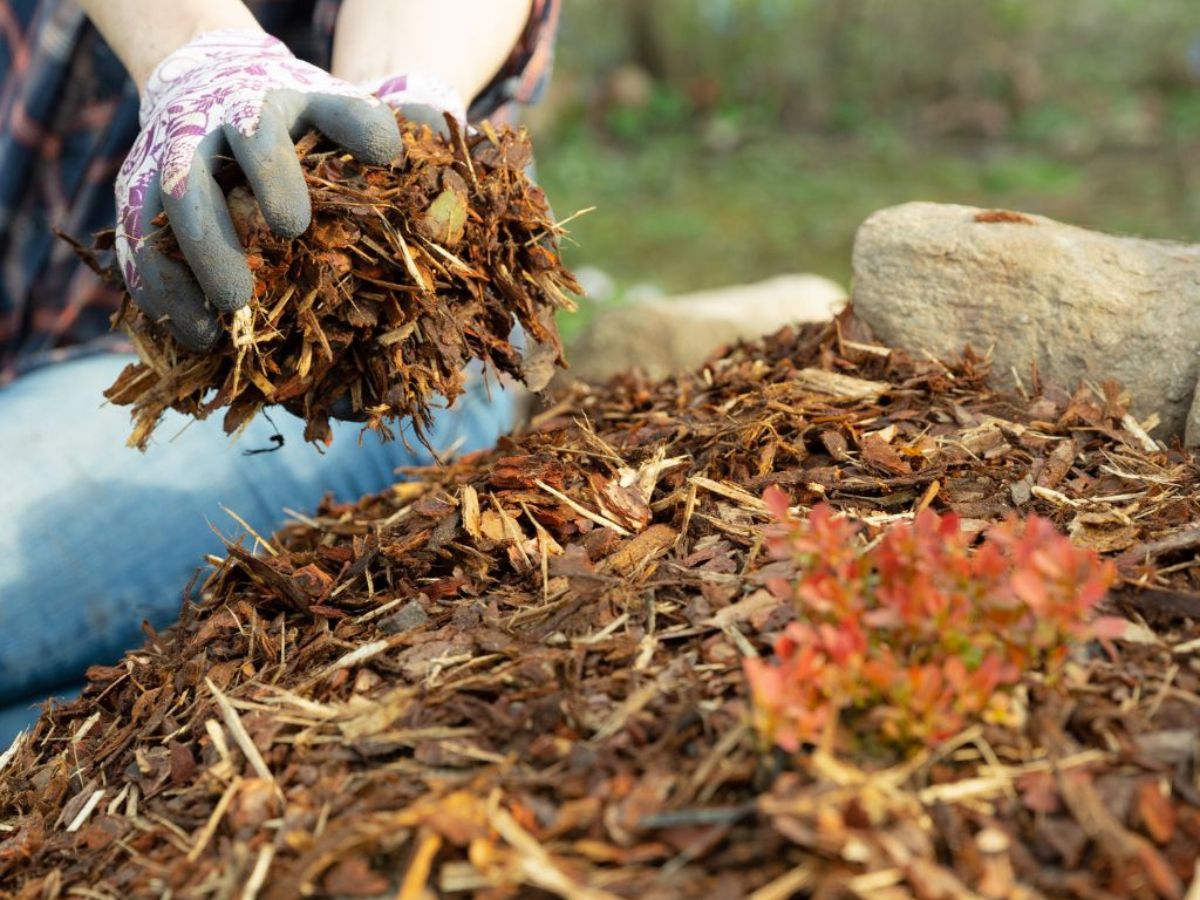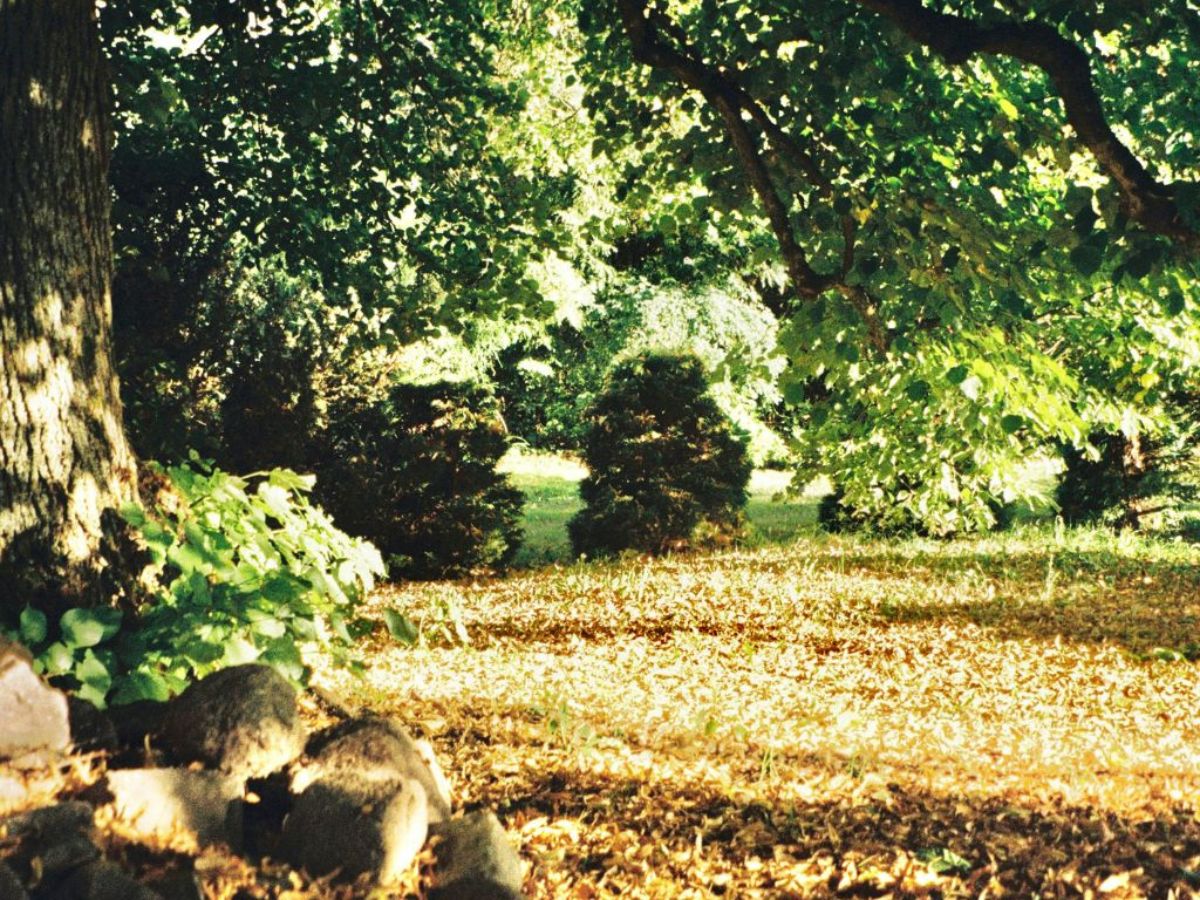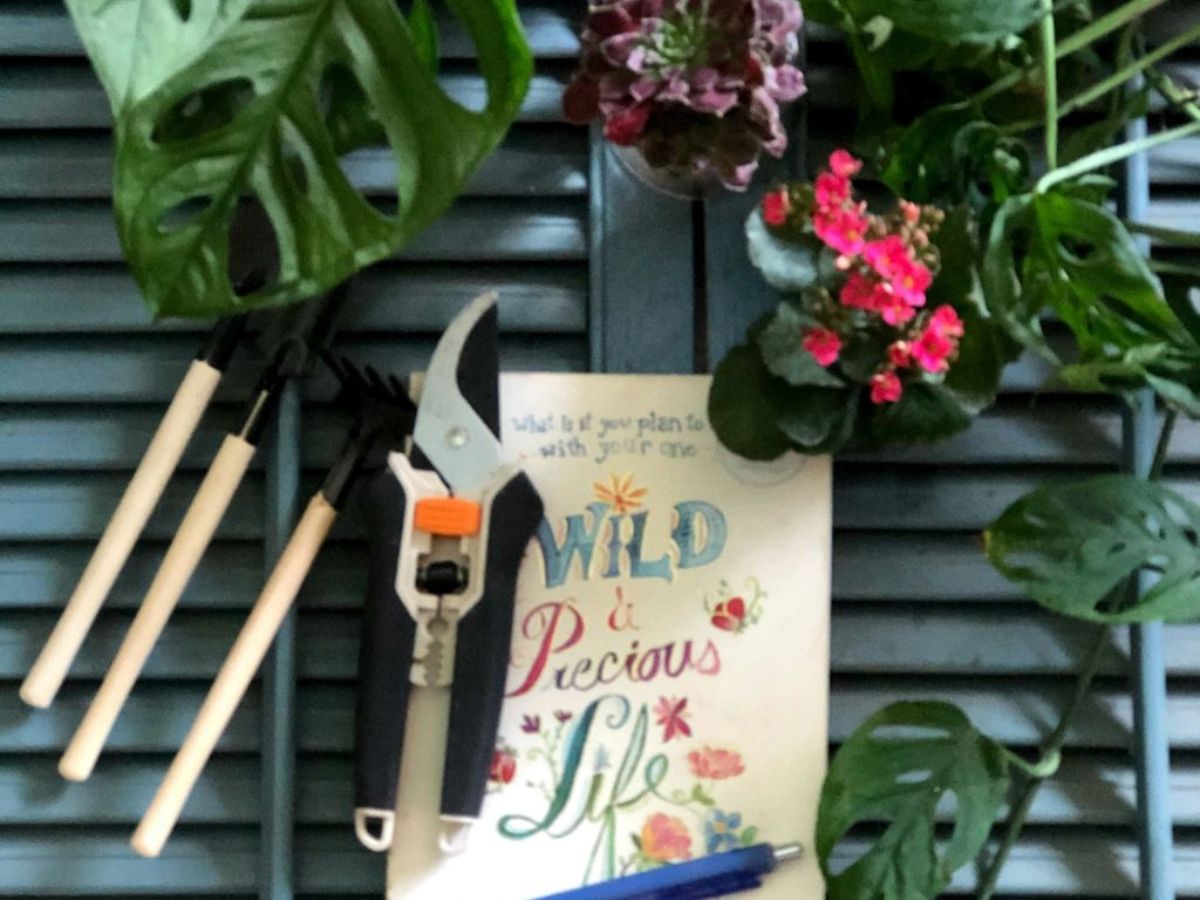Gardening is a rewarding and fulfilling hobby, but it comes with a steep learning curve. Like many new gardeners, I jumped into it with enthusiasm, only to discover that there were many things I wish I had known before I started.
If you’re new to gardening or thinking about starting, here are some valuable lessons I’ve learned along the way that could save you time, effort, and frustration.
1. Understand Your Growing Zone
One of the first things you need to know before starting a garden is your growing zone. Your growing zone determines which plants are likely to thrive in your area based on the average minimum winter temperatures.
This information is crucial for selecting perennials, trees, and shrubs that will survive the winter.
When I first started gardening, I ignored this important detail and planted several perennials that weren’t suited to my zone.
The following spring, many of them didn’t survive, and I had to start over. Knowing your growing zone helps you choose plants that are more likely to flourish, saving you time and disappointment.
2. Soil Quality Matters More Than You Think
Soil is the foundation of your garden, and its quality can make or break your gardening efforts. I learned this the hard way when I planted my first garden in what I thought was decent soil.
My plants struggled to grow, and I couldn’t figure out why. It wasn’t until I started testing and improving my soil that I realized how much of a difference it makes.
Good soil should be rich in organic matter, well-draining, and full of nutrients. If your soil is poor, your plants will struggle to get the nutrients they need, resulting in stunted growth and poor yields.
Adding compost, manure, and other organic materials can significantly improve soil quality, giving your plants a better chance to thrive.
3. Start Small and Manageable
It’s easy to get carried away when you first start gardening. The excitement of growing your own food or flowers can lead to planting more than you can manage. I made this mistake in my first year, planting a large garden that quickly became overwhelming.
Starting small allows you to learn the basics without becoming overwhelmed. Focus on a few easy-to-grow plants and gradually expand your garden as you gain experience. This approach will help you avoid burnout and ensure that you enjoy the process.
4. Companion Planting Is a Game Changer
Companion planting is a practice where certain plants are grown together to benefit each other.
Some plants repel pests, attract beneficial insects, or improve the growth of their neighbors. However, some plants don’t get along and can inhibit each other’s growth.
In my early gardening days, I planted cucumbers next to sage, not realizing that these two plants aren’t good companions.
My cucumbers struggled, and I later learned that sage can stunt their growth. Understanding which plants grow well together can lead to a healthier and more productive garden.
5. Be Patient and Embrace the Learning Curve
Gardening requires patience. Plants take time to grow, and results are not always immediate.
In my first year, I was often discouraged by how long it took for seeds to sprout or for plants to bear fruit. I expected instant results, but gardening doesn’t work that way.
Over time, I learned to enjoy the process rather than focusing solely on the outcome. Gardening is a journey, and each season brings new lessons.
Be patient with yourself and your plants, and remember that every gardener, no matter how experienced, encounters failures along the way.
6. Not All Plants Are Easy to Grow
It’s tempting to plant a wide variety of vegetables and flowers in your garden, but not all plants are easy to grow, especially for beginners. Some plants require more care, specific conditions, or are more susceptible to pests and diseases.
For example, I tried growing brassicas like broccoli and cabbage in my first garden, only to have them decimated by cabbage worms.
I later learned that these plants are prone to pest problems and require more attention. Starting with easier-to-grow plants like tomatoes, lettuce, or herbs can help you build confidence before tackling more challenging crops.
7. Watering Isn’t as Simple as It Seems
Watering may seem straightforward, but it’s easy to overwater or underwater your plants. In my first gardening season, I thought I was helping my plants by watering them every day, but I ended up drowning some and encouraging root rot in others.
Most plants need about 1-2 inches of water per week, depending on the weather and soil conditions. It’s better to water deeply and less frequently, encouraging roots to grow deeper and making plants more drought-resistant.
Investing in a good soaker hose or drip irrigation system can help you water efficiently.
8. Pest Control Requires Vigilance
Pests are a common challenge in gardening, and they can quickly turn a thriving garden into a disaster. I was unprepared for the onslaught of pests that attacked my garden in the first year. From aphids to slugs, it seemed like everything was out to eat my plants.
One of the most important things I’ve learned is that pest control requires vigilance. Regularly inspect your plants for signs of pests, and take action as soon as you notice a problem.
Natural remedies like neem oil, diatomaceous earth, and companion planting can help keep pests at bay without resorting to harsh chemicals.
9. Mulching Is Your Best Friend
Mulching is one of the best things you can do for your garden. It helps retain moisture, suppress weeds, and regulate soil temperature. I didn’t mulch my garden in the first year, and I spent countless hours weeding and watering.
A layer of mulch, such as straw, wood chips, or compost, can save you a lot of time and effort. It also improves the soil as it breaks down, adding organic matter and nutrients.
Mulching is an easy and effective way to enhance your garden’s health and reduce maintenance.
10. Plant What You Love to Eat
It sounds obvious, but plant what you love to eat. In my first garden, I planted a variety of vegetables that I thought would be fun to grow, but many of them weren’t foods I regularly ate. As a result, some of the produce went to waste.
Growing what you love to eat ensures that you’ll use and enjoy the harvest. It also helps you stay motivated to care for your garden.
Whether it’s tomatoes, peppers, herbs, or salad greens, focus on the foods you and your family enjoy the most.
11. Know Your Garden’s Sun and Shade Patterns
Before planting, take the time to observe how the sun and shade move across your garden throughout the day.
I didn’t do this initially, and I planted sun-loving plants in areas that ended up being too shady, leading to poor growth.
Most vegetables need at least six hours of sunlight per day, but some can tolerate or even prefer partial shade. Understanding your garden’s light conditions will help you choose the right plants for each area, ensuring they get the sunlight they need to thrive.
12. Keep a Garden Journal
One of the best pieces of advice I can give is to keep a garden journal. In my first years of gardening, I didn’t keep track of what I planted, when I planted it, or the results. As a result, I struggled to remember what worked and what didn’t.
A garden journal allows you to record important details such as planting dates, weather conditions, pest problems, and harvest yields.
Over time, this information becomes invaluable, helping you refine your gardening practices and achieve better results each season.
Gardening is a rewarding and enriching experience, but it’s also a journey filled with learning and growth.
Remember that gardening is a process, and it’s okay to make mistakes along the way.
Each lesson learned brings you closer to becoming a more skilled and confident gardener. So get your hands dirty, enjoy the process, and watch your garden—and your knowledge—grow.


